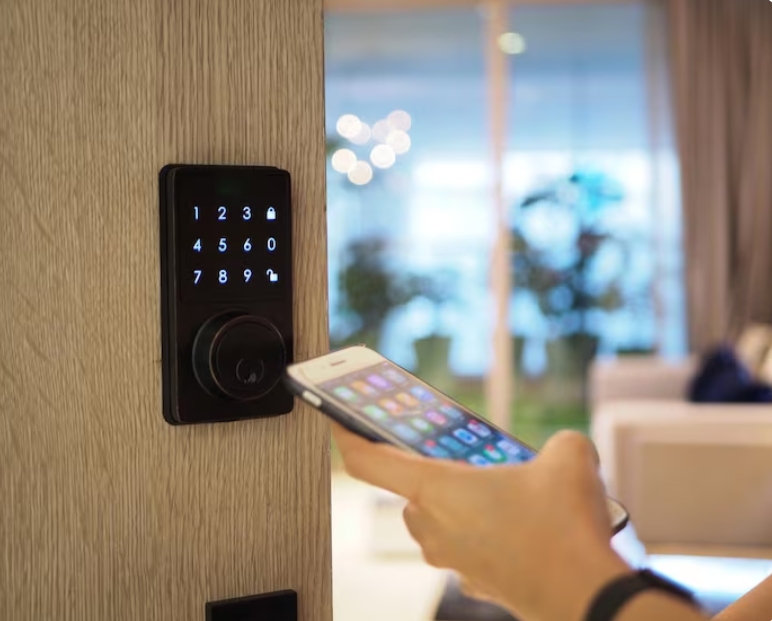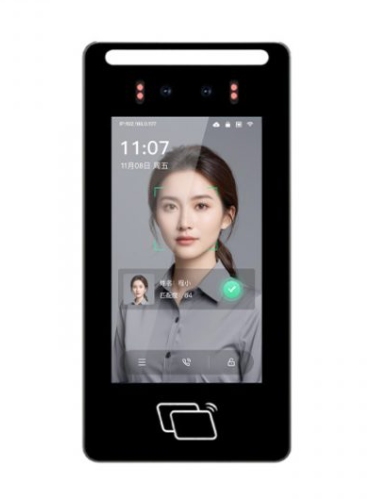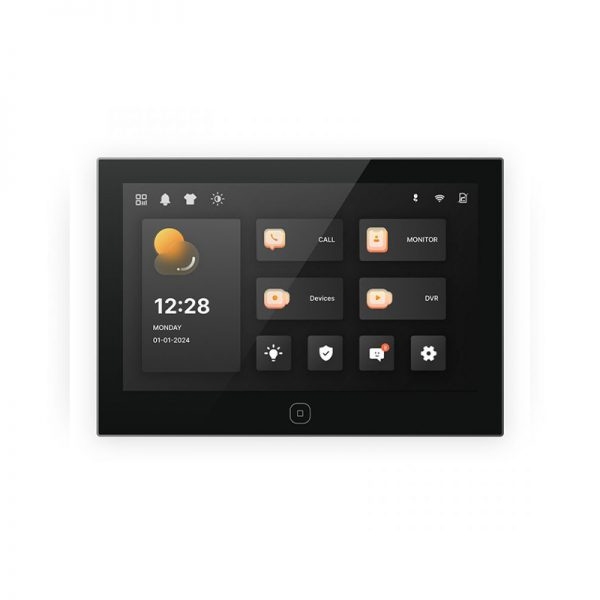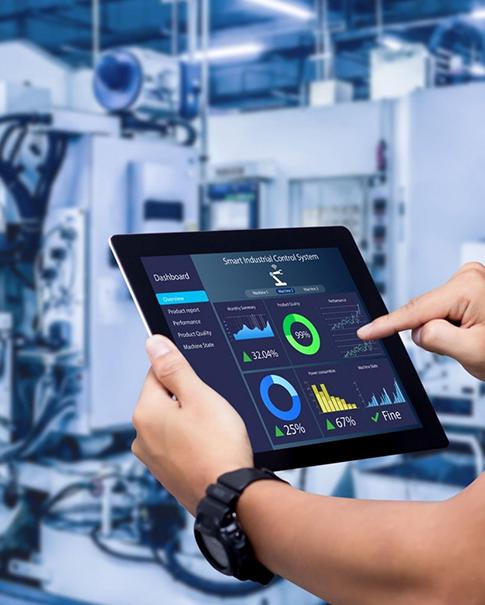
What Is a Flexible Intercom System
Definition and Important Features
A flexible intercom system is a modern communication system that operates based on various environments and can integrate itself into existing infrastructure. Unlike typical intercoms as individual units, flexible intercom systems employ IP-based protocols and modular designs to provide scalable, flexible communication networks. These systems typically come with high-definition audio and video capabilities, multi-channel communication interfaces, and smartphone, tablet, and other smart device integration. The flexibility stems from the ability to work on a range of different network topologies and support various access methods such as face recognition, card readers, and mobile app-based integration.
Benefits over Traditional Intercoms
Traditional intercom systems typically require individual wiring and restricted expansion potential. Flexible intercom systems shatter such constraints with existing network infrastructure, reducing installation expense and complexity. They provide high-quality audio and video, support for multiple communication protocols, and compatibility with advanced building management and security systems. The scalability advantage is particularly valuable – users may add additional stations, extend coverage zones, or add more features without replacing the entire system. Such flexibility renders them ideal for growing businesses and adapting residential complexes.
Understanding SIP Integration
What Is SIP and How It Works
Session Initiation Protocol (SIP) is a communications protocol used to establish, manage, and terminate real-time sessions of voice, video, and instant messaging applications. SIP works by starting communication sessions between endpoints, managing the connection parameters, and allowing multimedia content transmission over IP networks. The protocol operates on a series of request and response messages, similar to HTTP, to allow devices to discover each other, negotiate session parameters, and enjoy ongoing communications. This standard procedure guarantees it operates on equipment from many different manufacturers and can be easily integrated with existing telecommunication systems.
Why SIP Matters for Intercoms
Integration of SIP makes intercoms smart network endpoints from simple point-to-point communication devices. It makes it possible to support enhanced features like call forwarding, conferencing, remote monitoring, and VoIP phone system support. Our company’s WO501 binocular face recognition terminal supports SIP protocol-based audio and video intercom, one-to-one and one-to-many (single or group call), illustrating how SIP protocol enhances intercom functionality. The SIP’s standardized capability guarantees that the intercom systems can be made to communicate with numerous devices and platforms, establishing a common universe of communication that goes beyond the usual scope of intercoms.
Advantages of Uniwin-Global Flexible Intercoms
Seamless SIP Integration
Uniwin-Global Technology Co., Ltd. was founded in 2016. With rich product and engineering experience as a newly emerging IOT intelligent device solution provider, Uniwin-Global has committed to providing customers with industry motherboards and smart system solutions, such as but not limited to attendance terminal, apartment intercom, villa intercom, and so on. The company’s intercom solutions offer native SIP, offering point-to-point integration with installed VoIP infrastructure. The WO501 and WO801 outdoor stations support robust SIP-based communications and integrate well with traditional IP telephony systems.

Smart Access Control Options
Uniwin-Global intercom products integrate different access control methods. It integrates face recognition, identity authentication, on-site face collection, blacklist reminder, person-walking-by photo storage, liveness detection, and so on. It employs a broad dynamic high-definition face recognition camera, expands to bad conditions such as strong light and weak light, and enjoys the merits of high-speed recognition, high accuracy, and a high-capacity list library. The WR501 and WR502F terminals are a classic example of such integration, with facial recognition, fingerprint login, and card access in a single device.
Remote Management Capabilities
Modern intercom systems require features of centralized management for seamless functioning. Uniwin-Global solutions support cloud-based management platforms with remote configuration, monitoring, and maintenance functionality. Device side supports integration protocols such as MQTT/HTTP/WEBSOCKET, allowing the device to integrate with third-party cloud platforms.
Use Cases for Different Environments
Residential Buildings and Apartments
The outside machine is installed with a big dynamic camera and supports opening the door by facial recognition, card swipe, and exit buttons, etc. Carry out one-to-one intercom with the indoor unit, intercom via the app, the external station can call several indoor sub-stations, and remote opening and monitoring operation can be carried out via the app or the indoor unit. Residential applications are supplemented by the WO501, WO801, and WO101 outdoor stations and indoor monitors for complete building access control and resident communications solutions.
Office and Commercial Spaces
Commercial environments require sophisticated visitor and access control features. It may be integrated with a facial recognition attendance and access control system with LAN or WAN deployment support. It may perform operations such as staff additions in support of facial recognition, visitor management, record uploads of door openings, and attendance export through WEB or WeChat mini-program.
Industrial and Warehouse Facilities
Industrial applications demand strong, reliable communication devices that can operate in extreme conditions. The Uniwin-Global terminals possess a broad, dynamic high-definition face recognition camera and can operate in extreme conditions, such as harsh light and dim light, and are best suited for most industrial applications.
Installation and Setup Procedure
Basic Setup Requirements
Flexible intercom systems must be equipped with standard network infrastructure in the form of PoE-enabled switches for powering and data transfer. The WI704 split-screen indoor monitor and other Uniwin-Global solutions provide PoE power supply, simplifying installation.

Steps to Integrate with Existing Systems
Integration typically involves network configuration, SIP server settings, and device provisioning. The relevant products and solutions have been thoroughly utilized in many well-established brand customers from related industries. Such a record serves to speak to the reliability of Uniwin-Global’s integration procedures.
Compatibility with Other Devices
Integration with Smartphones and Tablets
Today’s intercom systems extend beyond typical hardware to include smartphone apps. It is compatible with an indoor unit or WeChat mini-program to experience two-way audio and video intercom and remote door opening.
Functional with Security Cameras and Alarms
The WI704 features the advanced integration function, the indoor unit can support up to 8 visual doorbells or shared IPC cameras. Supports fire/security alarm access function (8-channel wired defense zones).
Security and Privacy Features
Data Encryption and Protection
SIP-based systems employ standardized encryption protocols to protect data during communication. Standardized network protocols mean that security patches and upgrades can be easily implemented in order to maintain system integrity.
Role-Based Access Control
Highly cost-effective, dynamic face recognition supports up to 5,000 face databases using the E518-V model, supporting advanced user management and access control policies.
Cost Efficiency and Scalability
Lower Maintenance Costs
All content is guaranteed to be original and packaged, with normalized and strict selection standards from PCB to components. Defect ratio less than 1%, the warranty period of the motherboard is 1 year. Such quality assurance minimizes long-term maintenance expense and system downtime.
Easy to Expand as Necessary
The ability of flexible intercom systems to be expanded incrementally. Organizations can start with basic configurations and add features or coverage areas as requirements evolve, which makes it an economical long-term solution.
FAQ
Q: What makes an intercom system “flexible”?
A: Flexibility is based on SIP integration, modular architecture, and the ability to operate with installed network infrastructure and to support multiple access control methods and third-party integrations.
Q: Are these systems compatible with existing telephone systems?
A: These SIP-based intercom systems can be easily integrated with VoIP telephone systems and operated using existing telecommunications infrastructure.
Q: What are the network requirements for these systems?
A: Standard IP network connectivity with the option for power over Ethernet is needed. The systems function on both LAN and WAN configurations.
Q: How reliable are facial recognition features across different lighting conditions?
A: It uses a wide dynamic high-definition facial recognition camera, can adapt to harsh conditions such as strong light and weak light, and has the characteristics of fast recognition speed, high accuracy rate, and a huge library capacity.





